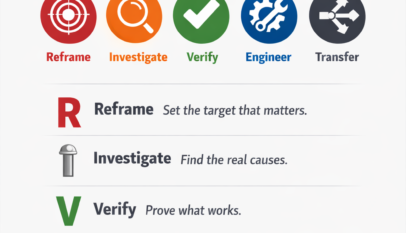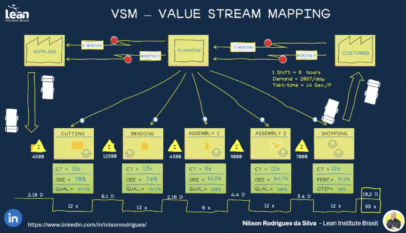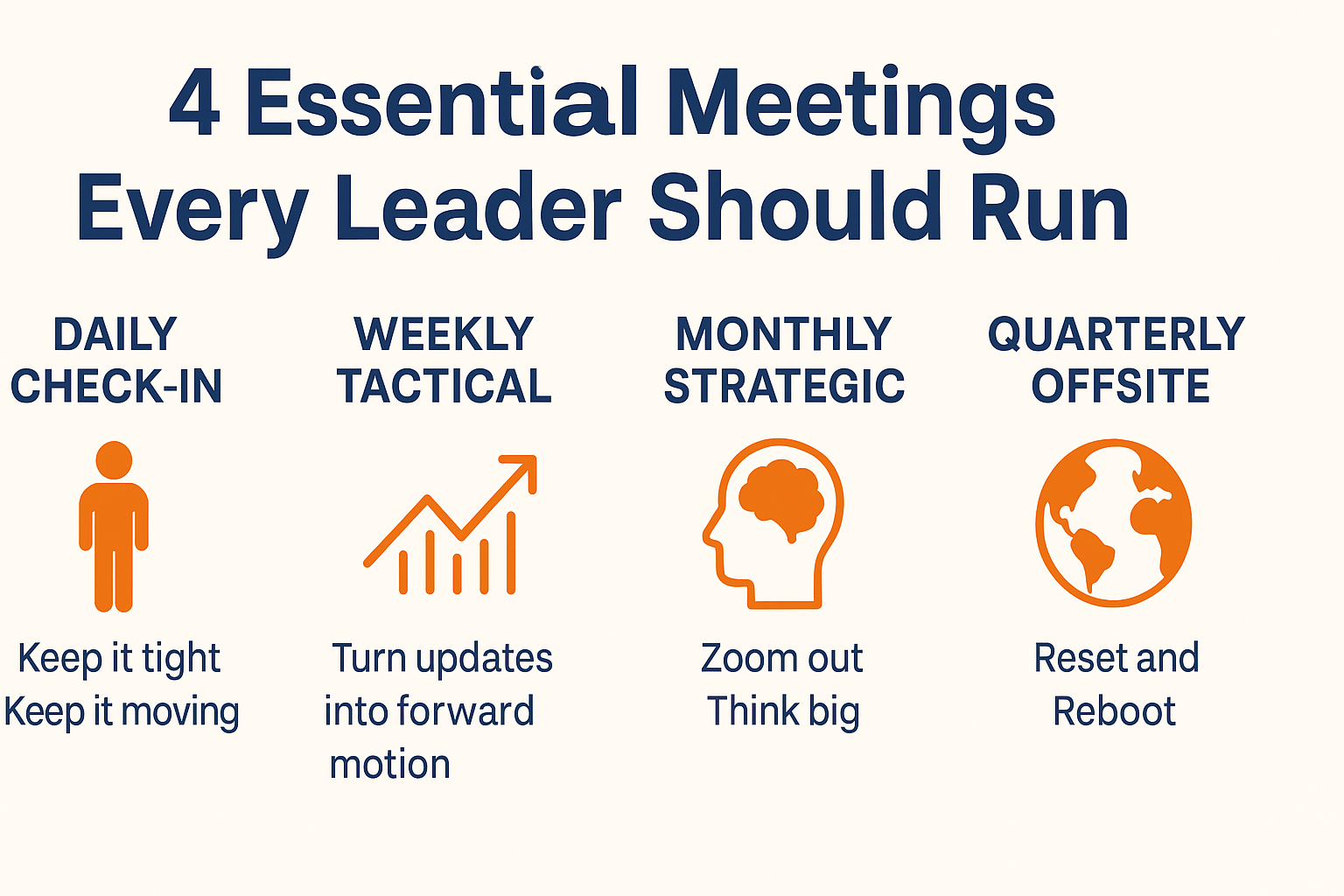In today’s ever-changing business landscape, transformational leadership has emerged as an integral approach to inspiring and motivating teams. Here, we explore the five key pillars that define this leadership style, helping organizations thrive in the face of change.
Vision
A transformational leader clearly understands the organization’s current direction and has a well-defined idea of where the team aspires to be in five years. The leader fosters a sense of purpose and unity by aligning individual goals with the organization’s trajectory.
Inspirational Communication
These leaders are adept at speaking positively about their teams and instilling pride in organizational membership. They seize opportunities presented by changing environments, empowering team members to view change as a chance for growth and success.
Intellectual Stimulation
Transformational leaders challenge their teams to develop innovative solutions for long-standing issues. Presenting thought-provoking ideas and questioning assumptions inspires team members to approach problems with a fresh perspective.
Supportive Leadership
Attuned to the personal feelings of their team members, transformational leaders consider emotions before taking action. They demonstrate empathy and understanding, showing genuine interest in their employees’ well-being and personal interests.
Personal Recognition
Acknowledging and celebrating exceptional work is vital to transformational leadership. These leaders reinforce the importance of quality work by recognizing and commending above-average performance and personally complimenting outstanding achievements. They also take note of improvements in quality, showing appreciation for progress and growth.
Conclusion
Transformational leadership is a practical approach to managing teams in today’s dynamic business world. By embracing the five key pillars—vision, inspirational communication, intellectual stimulation, supportive leadership, and personal recognition—transformational leaders can guide their teams toward success and create a positive work environment that nurtures growth and innovation. This leadership style benefits the organization and fosters personal development and fulfillment for individual team members.


















